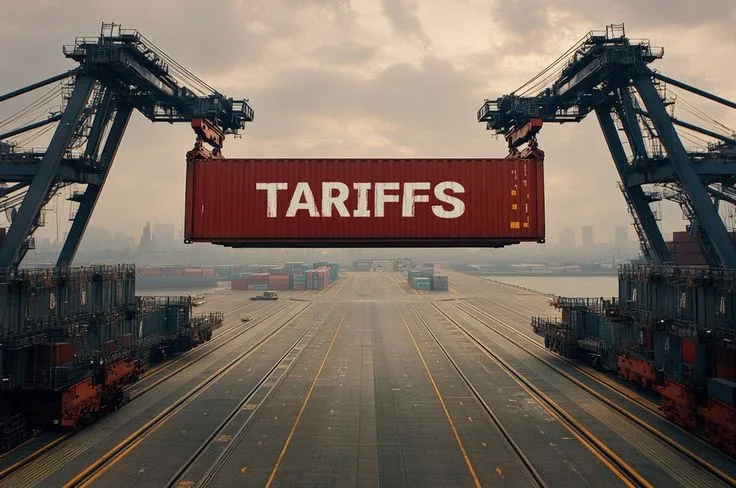Washington-US
The US average tariff rate has seen a sharp increase, drawing comparisons to the dramatic rise following the passage of the Smoot-Hawley Tariff Act in 1930. The Smoot-Hawley Act is widely regarded as a contributor to the Great Depression, and the current surge in tariffs has sparked concerns about its potential impact on the global economy.
### Historical Context
The Smoot-Hawley Tariff Act, signed into law by President Herbert Hoover in 1930, raised US tariffs on imported goods to historically high levels. The act was intended to protect American industries and farmers but ultimately led to retaliatory measures from other countries, exacerbating the global economic downturn.
### Current Tariff Landscape
The current US average tariff rate has risen significantly, mirroring the sharp increase seen during the Smoot-Hawley era. The Trump administration’s decision to impose tariffs on imports from countries like China has contributed to the surge in tariff rates. The tariffs were initially imposed on $50 billion worth of Chinese goods, with additional tariffs later extended to $200 billion worth of goods.
### Economic Implications

The impact of rising tariffs on the US economy is multifaceted. While tariffs may provide short-term protection for certain industries, they can also lead to higher prices for consumers, reduced imports, and retaliatory measures from other countries. The Peterson Institute calculated that a 10% across-the-board tariff on all imports would generate a net 10-year boost to US government revenue of $1.575 trillion, but a 20% tariff would only generate $791 billion.
### Global Trade Concerns
The increase in US tariff rates has raised concerns about the potential impact on global trade. Other countries have responded to the US tariffs by imposing their own tariffs on US goods, leading to a decline in bilateral trade. The World Trade Organization (WTO) has warned that the rising tariffs could lead to a global trade slowdown.

### Expert Opinions
Economists and experts have expressed concerns about the potential consequences of the rising tariffs. Some argue that tariffs can be an effective tool for protecting domestic industries, while others believe that they can lead to unintended consequences, such as higher prices and reduced economic growth.
### Conclusion
The sharp increase in US tariff rates has sparked concerns about the potential impact on the global economy. As the world grapples with the challenges of rising tariffs and protectionism, it remains to be seen how the US and other countries will navigate the complex landscape of international trade.
One thing is certain: the consequences of rising tariffs will be closely watched by economists, policymakers, and businesses around the world.
